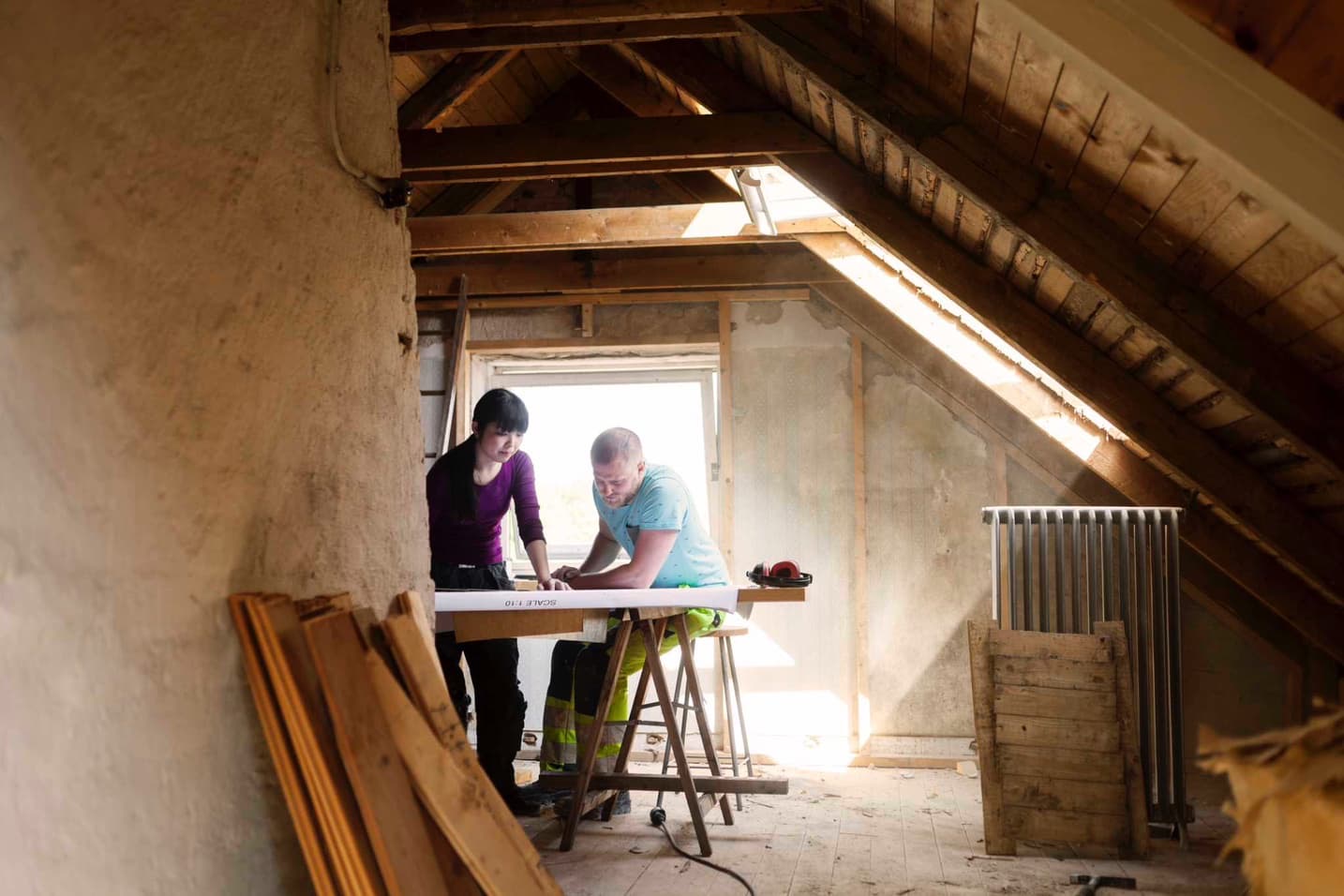

Articles
How Hot Is An Attic On A 100 Degree Day
Modified: October 20, 2024
Find out just how hot an attic can get on a scorching 100-degree day in this informative article. Explore the dangers and discover tips for keeping your attic cool during the summer.
(Many of the links in this article redirect to a specific reviewed product. Your purchase of these products through affiliate links helps to generate commission for Storables.com, at no extra cost. Learn more)
Introduction
Welcome to the fascinating world of attic temperatures! Have you ever wondered just how hot an attic can get on a scorching 100-degree day? Attics, being the space between the roof and the ceiling of a building, can reach incredibly high temperatures due to a combination of factors. In this article, we will explore the factors that contribute to attic heat, as well as the impact it can have on your home’s overall comfort and energy efficiency.
Understanding attic temperatures is crucial for homeowners and contractors alike. High attic temperatures can lead to a myriad of problems, including increased cooling costs, reduced lifespan of roofing materials, and even potential damage to stored items. By familiarizing ourselves with the factors that influence attic heat, we can implement effective strategies to reduce temperatures and ensure a more comfortable living environment.
So, let’s dive right in and explore the fascinating world of attic temperatures!
Key Takeaways:
- Attic temperatures can soar well above outdoor temperatures, leading to increased cooling costs and potential damage. Understanding factors like insulation, ventilation, and solar radiation is crucial for maintaining a comfortable home environment.
- Effective strategies such as proper insulation, improved ventilation, and reflective roofing materials can significantly reduce attic heat. By taking proactive steps, homeowners can enjoy a cooler attic and improved energy efficiency.
Understanding Attic Temperatures
Attic temperatures can vary significantly depending on several factors, including the climate, insulation levels, ventilation, and the amount of solar radiation the roof receives. On a hot summer day, the temperature in an attic can easily surpass the outdoor temperature and reach well over 100 degrees Fahrenheit.
One of the key factors that contribute to high attic temperatures is the sun. The sun’s rays heat up the roof surface, and that heat is transferred to the attic space below. This process is known as radiant heat transfer. Additionally, the lack of air circulation in the attic can cause the heat to accumulate, making it even hotter.
Another important factor is the insulation in the attic. Insulation acts as a barrier against heat transfer, helping to keep the inside of the home cooler. However, if the insulation is insufficient or improperly installed, it can allow heat to seep into the living spaces, raising the temperature and creating discomfort.
Ventilation also plays a crucial role in regulating attic temperatures. Good attic ventilation is essential for allowing hot air to escape and fresh air to enter. This exchange of air helps to reduce heat buildup and maintain a more comfortable environment in the attic. Without proper ventilation, hot air can become trapped, leading to extremely high temperatures.
Additionally, the attic’s proximity to the roof and lack of insulation on the roof itself can contribute to higher temperatures. The roofing materials, such as asphalt shingles, can absorb and retain heat, which then radiates down into the attic space.
By understanding these factors, homeowners can take steps to mitigate attic heat and create a more comfortable living environment. In the following sections, we will explore the various methods and techniques that can be employed to reduce attic temperatures effectively.
Factors Affecting Attic Heat
Several factors contribute to the heat buildup in an attic. By understanding these factors, homeowners can make informed decisions to reduce attic temperatures effectively. Let’s explore some of the key factors influencing attic heat:
- Climate: The climate of the area where a home is located plays a significant role in attic temperatures. Regions with hot and humid climates tend to experience higher attic temperatures compared to cooler climates.
- Roof Color and Material: The color and material of the roof can impact how much heat is absorbed by the attic. Dark-colored roofs tend to absorb more heat from the sun’s rays, while lighter-colored roofs reflect more heat and help keep the attic cooler. Additionally, certain roofing materials, such as metal or clay tiles, have better heat resistance properties than asphalt shingles.
- Insulation: The insulation level in the attic plays a crucial role in reducing heat transfer into the living spaces. Insulation acts as a barrier, preventing hot air from entering the home. Insufficient or degraded insulation can lead to higher attic temperatures and increased energy consumption for cooling.
- Ventilation: Proper attic ventilation is essential for heat control. Without adequate ventilation, hot air becomes trapped in the attic, leading to increased temperatures. The two main types of attic ventilation are ridge vents and soffit vents. Ridge vents allow hot air to escape from the highest point of the roof, while soffit vents provide intake for fresh air, promoting better airflow.
- Solar Radiation: The amount of solar radiation that the roof receives affects the attic’s heat levels. Homes with more direct sunlight exposure will have higher attic temperatures. Strategies such as using shade trees or reflective coatings on the roof can help reduce solar heat gain.
- Air Sealing: Properly sealing any gaps or cracks in the attic is essential for controlling heat transfer. Unsealed openings allow hot air to seep into the living spaces, raising the temperature and reducing energy efficiency.
By considering these factors, homeowners can take appropriate measures to mitigate attic heat. Strategies such as installing reflective roofing materials, improving insulation and ventilation, and implementing air sealing techniques can all contribute to a cooler and more comfortable attic space.
Measurement Techniques for Attic Temperature
Accurately measuring the temperature in your attic is essential for understanding the extent of heat buildup and implementing effective strategies for heat reduction. Here are a few common techniques for measuring attic temperature:
- Thermometers: Using a standard thermometer is a simple and cost-effective method to measure attic temperature. Place the thermometer in the attic space, ensuring it is not impacted by direct sunlight or insulation. Leave it for a few minutes to get an accurate reading.
- Digital Thermometers: Digital thermometers provide a more precise reading compared to traditional thermometers. They often come with remote sensors, allowing you to measure the temperature from a convenient location without having to physically be in the attic.
- Infrared Thermometers: Infrared thermometers use infrared technology to measure surface temperatures. They can be used to measure the temperature of the attic’s walls, ceiling, and roof. Keep in mind that infrared thermometers measure surface temperature rather than air temperature, so they may not provide an accurate representation of the overall attic temperature.
- Data Loggers: Data loggers are small electronic devices that can continuously record temperature readings over a specified period. These devices are ideal for monitoring temperature fluctuations in the attic over time. Data loggers can be set up at various locations in the attic to gather comprehensive temperature data.
- Remote Monitoring Systems: Remote monitoring systems utilize wireless sensors to measure and transmit temperature data to a central hub or mobile device. These systems provide real-time monitoring and enable homeowners to track attic temperatures remotely, allowing for prompt action if temperatures exceed desired levels.
When measuring attic temperature, it is crucial to consider the positioning of the thermometer or sensor. Place the measurement devices in areas that are representative of the overall attic conditions, avoiding direct sunlight or insulation coverage that could affect the accuracy of the readings.
By regularly monitoring attic temperature, homeowners can gauge the effectiveness of their heat reduction strategies and make necessary adjustments to maintain a comfortable living environment while minimizing energy consumption.
Make sure your attic is properly ventilated to prevent heat buildup. Consider installing attic fans or vents to help regulate the temperature and protect your home from potential heat damage.
The Impact of External Temperature on Attic Heat
The external temperature plays a significant role in determining the heat levels within an attic space. Understanding how external temperature affects attic heat is crucial for homeowners seeking to maintain a comfortable and energy-efficient home. Here are some key insights into this relationship:
1. Heat Transfer: When the external temperature rises, heat begins to transfer from the outside environment to the attic. This occurs through conduction, convection, and radiation. The roof absorbs solar radiation, which then conducts heat to the attic space. Additionally, warm air from the environment can infiltrate the attic, contributing to increased temperatures.
2. Temperature Differential: The temperature difference between the external environment and the attic space influences heat transfer. The greater the temperature differential, the higher the rate of heat transfer. Therefore, during extremely hot weather conditions, the attic tends to experience a more rapid accumulation of heat.
3. Insulation’s Impact: Insulation acts as a barrier against heat transfer, helping to minimize the impact of external temperatures on attic heat. Properly installed and sufficiently thick insulation can reduce the rate at which heat enters the attic from outside, maintaining a more comfortable interior temperature.
4. Ventilation Effect: Attic ventilation plays a crucial role in preventing excessive heat buildup. Properly designed ventilation systems allow hot air to escape from the attic, reducing the impact of external temperature on attic heat. During hot weather, well-ventilated attics can expel the heated air, preventing it from being transferred to the living spaces below.
5. Time of Day: External temperature fluctuations throughout the day can have varying effects on attic heat. For instance, if the external temperature peaks during the afternoon, the attic may take some time to reach its maximum heat level. Conversely, during the night, the attic may gradually cool down as the external temperature drops.
Understanding the relationship between external temperature and attic heat allows homeowners to implement effective strategies to mitigate high temperatures. By optimizing insulation, enhancing attic ventilation, and considering external shading (such as awnings or trees), homeowners can minimize the impact of external temperature on attic heat and maintain a more comfortable living environment.
Read more: How Hot Can An Attic Get In The Summer
Ventilation Systems for Attic Cooling
Proper attic ventilation is crucial for maintaining cooler temperatures and preventing heat buildup. It allows hot air to escape from the attic while bringing in fresh air from outside. Effective ventilation systems promote better air circulation, which in turn helps to cool the attic space. Here are some common ventilation systems used for attic cooling:
- Ridge Vents: Ridge vents are installed along the peak of a roof, allowing hot air to escape through a continuous opening. This type of ventilation system takes advantage of the natural tendency of hot air to rise. Ridge vents work in conjunction with soffit vents to create a continuous flow of air, efficiently ventilating the attic space.
- Soffit Vents: Soffit vents are installed under the eaves of the roof, allowing fresh air to enter the attic. They serve as intake vents, drawing cool air from the outside into the attic space. Soffit vents work hand-in-hand with ridge vents to create a balanced ventilation system, ensuring efficient airflow and heat reduction.
- Gable Vents: Gable vents are installed on the gable ends of the attic, allowing hot air to escape. These vents are typically large and feature louvers that open to facilitate the expulsion of hot air. Gable vents work best when paired with soffit vents or other intake vents to establish proper airflow throughout the attic.
- Turbine Vents: Turbine vents, also known as whirlybird vents, utilize wind power to draw hot air out of the attic. They have a rotating top that catches wind and spins, creating a suction effect that pulls air out of the attic space. Turbine vents are commonly installed on the roof and work efficiently when there is enough wind or airflow to activate them.
- Power Attic Fans: Power attic fans are electrically powered fans that are installed in the attic to improve ventilation. They work by actively expelling hot air from the attic, creating negative pressure, and drawing in cooler air from the outside. Power attic fans can be controlled manually or automatically using a thermostat or humidity sensor.
When selecting a ventilation system for your attic, it is essential to consider factors such as the size of your attic, the climate in your area, and the existing airflow patterns. Consulting with a professional can help you determine the most suitable ventilation system for your specific needs.
Properly designed and installed ventilation systems play a vital role in cooling the attic, reducing heat buildup, and preventing potential issues such as roof damage, reduced energy efficiency, and discomfort in the living spaces below. By ensuring adequate attic airflow, homeowners can maintain a more comfortable and energy-efficient home environment.
Strategies to Reduce Attic Heat
Reducing attic heat is crucial for maintaining a comfortable living environment and improving energy efficiency. Here are some effective strategies to help you achieve a cooler attic:
- Proper Insulation: Ensure that your attic is well-insulated to minimize heat transfer between the roof and the living spaces. Use insulation materials with high thermal resistance, such as fiberglass or cellulose insulation. Insulating the attic floor and sealing any gaps or cracks will help prevent hot air from infiltrating the living spaces and keep the attic cooler.
- Improved Ventilation: Enhance attic ventilation to facilitate better airflow and heat dissipation. Install ridge vents along the roof’s peak and soffit vents at the eaves to create a continuous flow of air. This allows hot air to escape from the attic while drawing in cooler air from outside. Consider additional ventilation options like gable vents or power attic fans to further increase airflow if needed.
- Reflective Roofing Materials: Choose reflective roofing materials with high solar reflectance to reduce the amount of heat absorbed by the roof. Light-colored roofs or specialized reflective coatings can reflect more of the sun’s rays, resulting in lower attic temperatures.
- Shading and Attic Fans: Use shading techniques to minimize direct sunlight on the roof. Planting shade trees near the house or installing awnings can help reduce solar heat gain. Additionally, consider installing attic fans that can actively expel hot air from the attic, especially during hot summer months.
- Air Sealing: Properly seal any gaps, cracks, or openings in the attic to prevent hot air from entering the living spaces. Use weatherstripping around attic access doors and seal any gaps around pipes, vents, and electrical wiring. Air sealing helps maintain a more consistent temperature and prevents heat transfer.
- Cool Roofs or Roof Coatings: Consider installing cool roofs that are specifically designed to reflect more sunlight and absorb less heat. Alternatively, applying reflective roof coatings can help reduce the amount of heat transferred to the attic. These coatings can be applied over existing roofing materials to improve energy efficiency and reduce attic temperatures.
Implementing these strategies can significantly reduce attic heat, creating a more comfortable and energy-efficient home environment. It is recommended to consult with professionals or contractors specialized in attic insulation, ventilation, or roofing to ensure proper installation and adherence to local building codes.
By taking proactive steps to mitigate attic heat, homeowners can enjoy a cooler attic, reduced energy costs, and a more comfortable living space throughout the year.
Conclusion
Understanding and addressing attic heat is essential for homeowners seeking to maintain a comfortable and energy-efficient home. Attics can reach incredibly high temperatures on hot summer days, leading to increased cooling costs, reduced roof lifespan, and discomfort in the living spaces below. By implementing the strategies outlined in this article, homeowners can effectively reduce attic heat and create a more pleasant environment.
We have explored the factors that contribute to attic heat, such as climate, roof color and material, insulation, ventilation, solar radiation, and air sealing. By understanding these factors, homeowners can make informed decisions to mitigate heat transfer and improve attic comfort.
Measurement techniques, including thermometers, digital thermometers, infrared thermometers, data loggers, and remote monitoring systems, allow homeowners to accurately assess attic temperatures and monitor the effectiveness of their heat reduction strategies.
External temperature has a significant impact on attic heat. Heat transfer, temperature differentials, insulation, ventilation, and the time of day all influence how external temperatures affect attic heat. By considering these factors, homeowners can implement appropriate measures to minimize temperature fluctuations and reduce heat transfer.
Ventilation systems, such as ridge vents, soffit vents, gable vents, turbine vents, and power attic fans, play a crucial role in attic cooling by facilitating airflow and heat dissipation. Choosing the right ventilation system based on the attic’s size, climate, and existing airflow patterns is essential for optimal results.
Finally, several strategies can be employed to reduce attic heat effectively. These include proper insulation, improved ventilation, the use of reflective roofing materials, shading techniques, air sealing, and the utilization of cool roofs or roof coatings. By incorporating these strategies, homeowners can significantly reduce attic temperatures and create a more comfortable living environment while improving energy efficiency.
In conclusion, addressing attic heat is a vital aspect of maintaining a comfortable home and reducing energy consumption. By implementing the strategies outlined in this article, homeowners can take control of attic temperatures, creating a more pleasant living environment and enjoying the benefits of improved energy efficiency.
Frequently Asked Questions about How Hot Is An Attic On A 100 Degree Day
Was this page helpful?
At Storables.com, we guarantee accurate and reliable information. Our content, validated by Expert Board Contributors, is crafted following stringent Editorial Policies. We're committed to providing you with well-researched, expert-backed insights for all your informational needs.



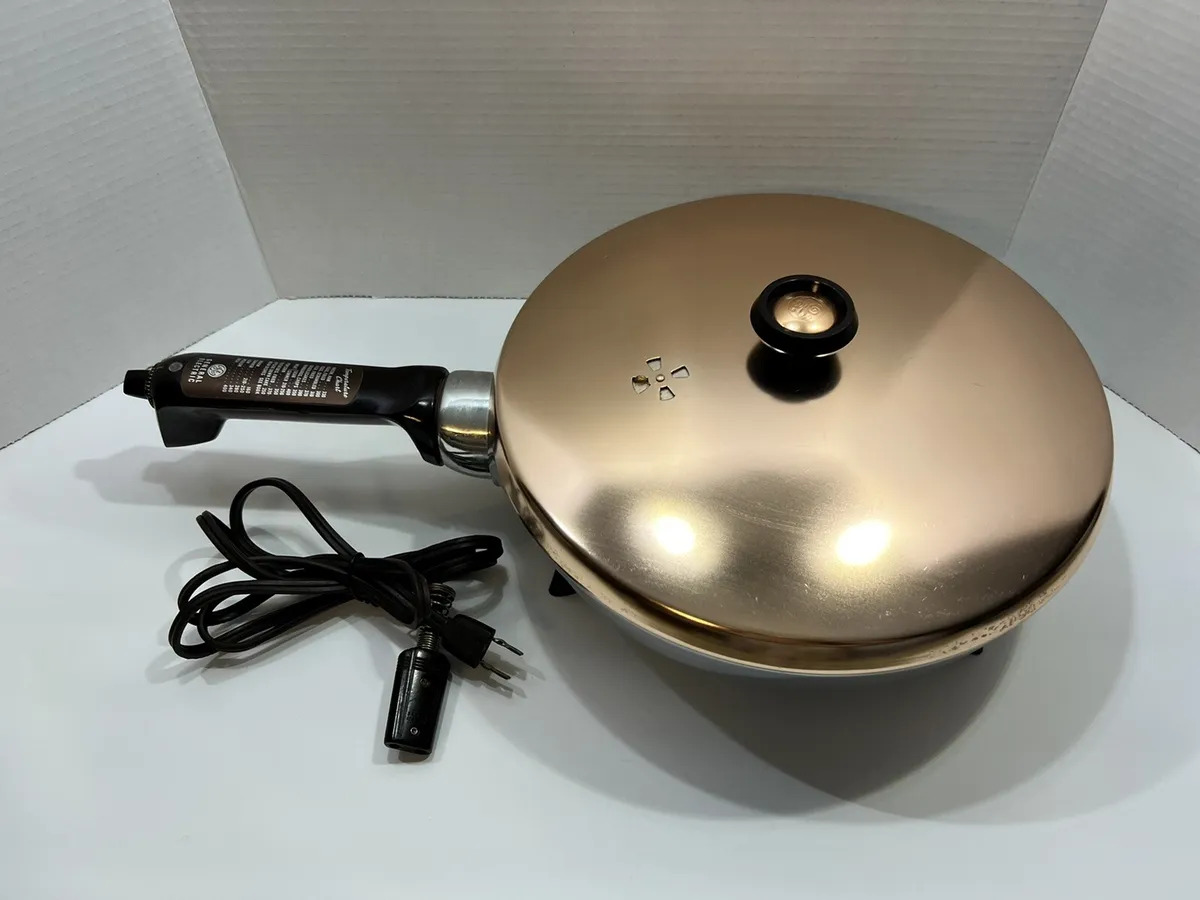

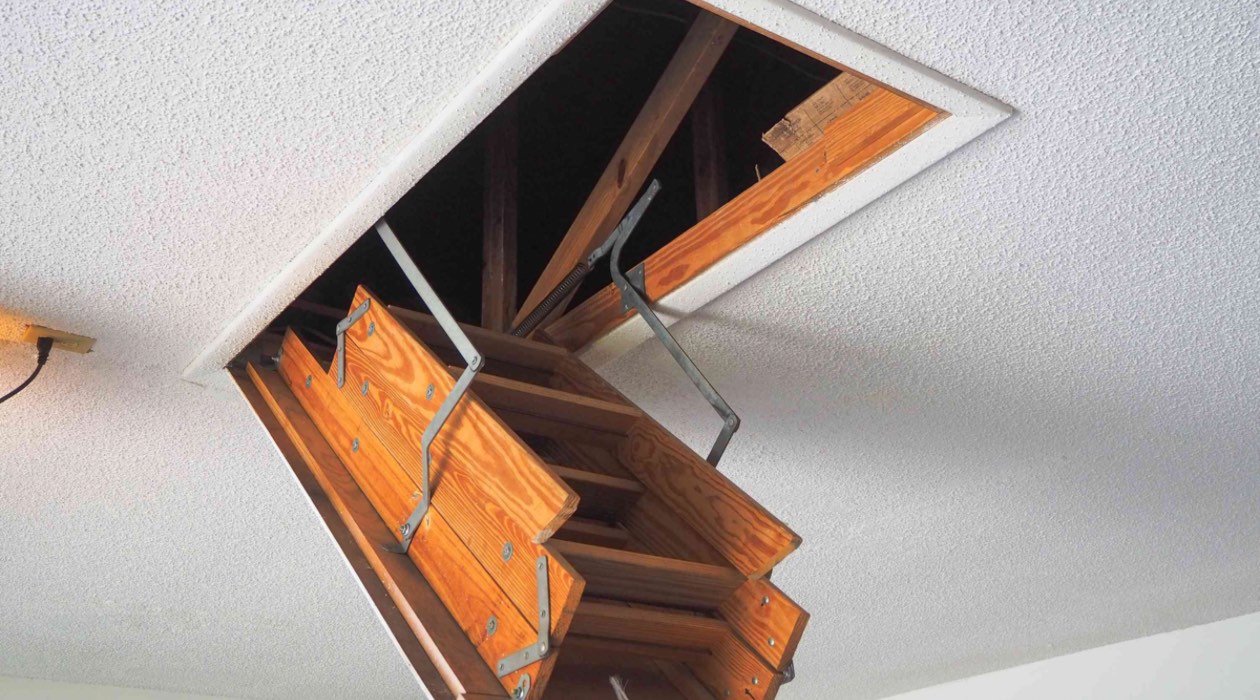
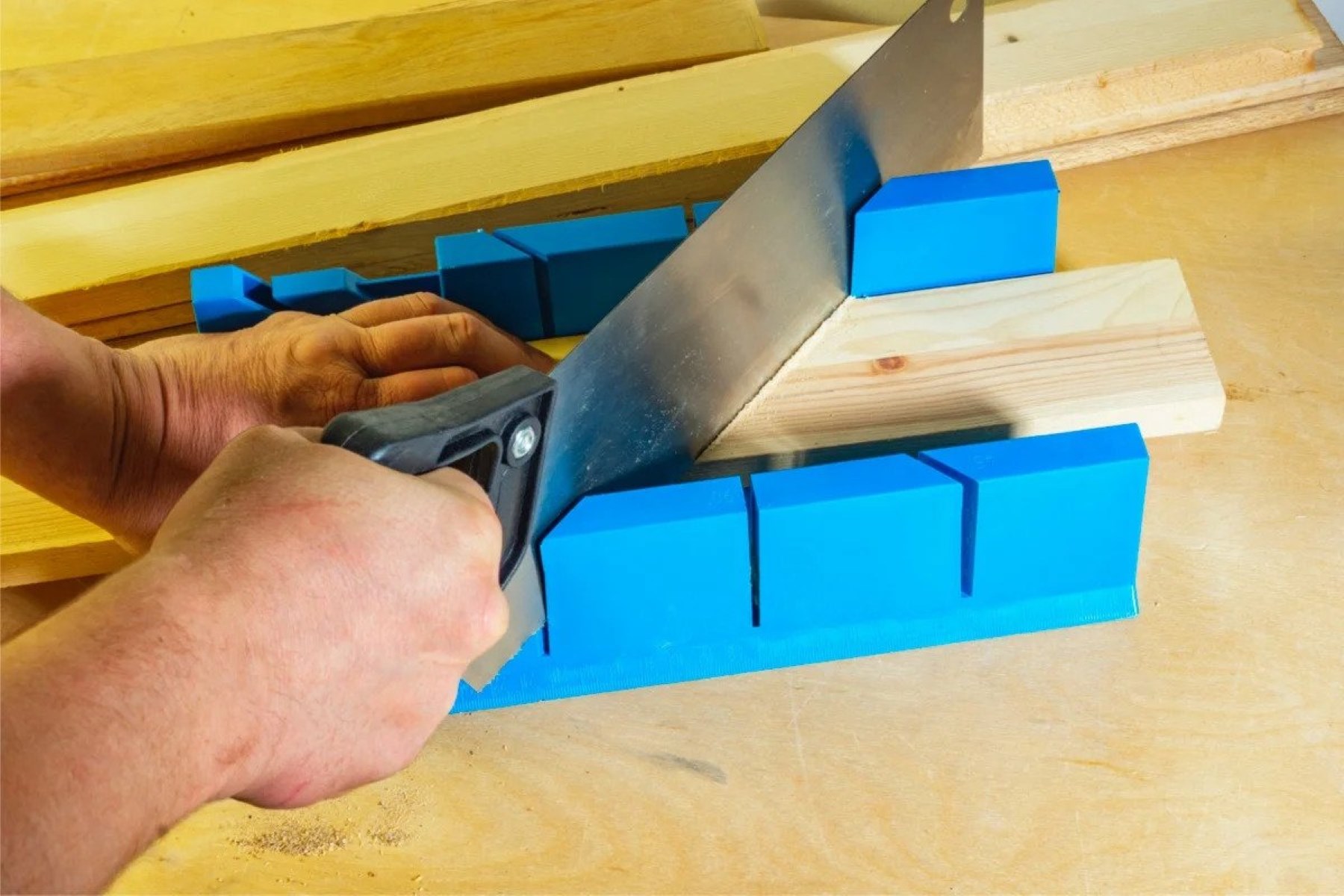
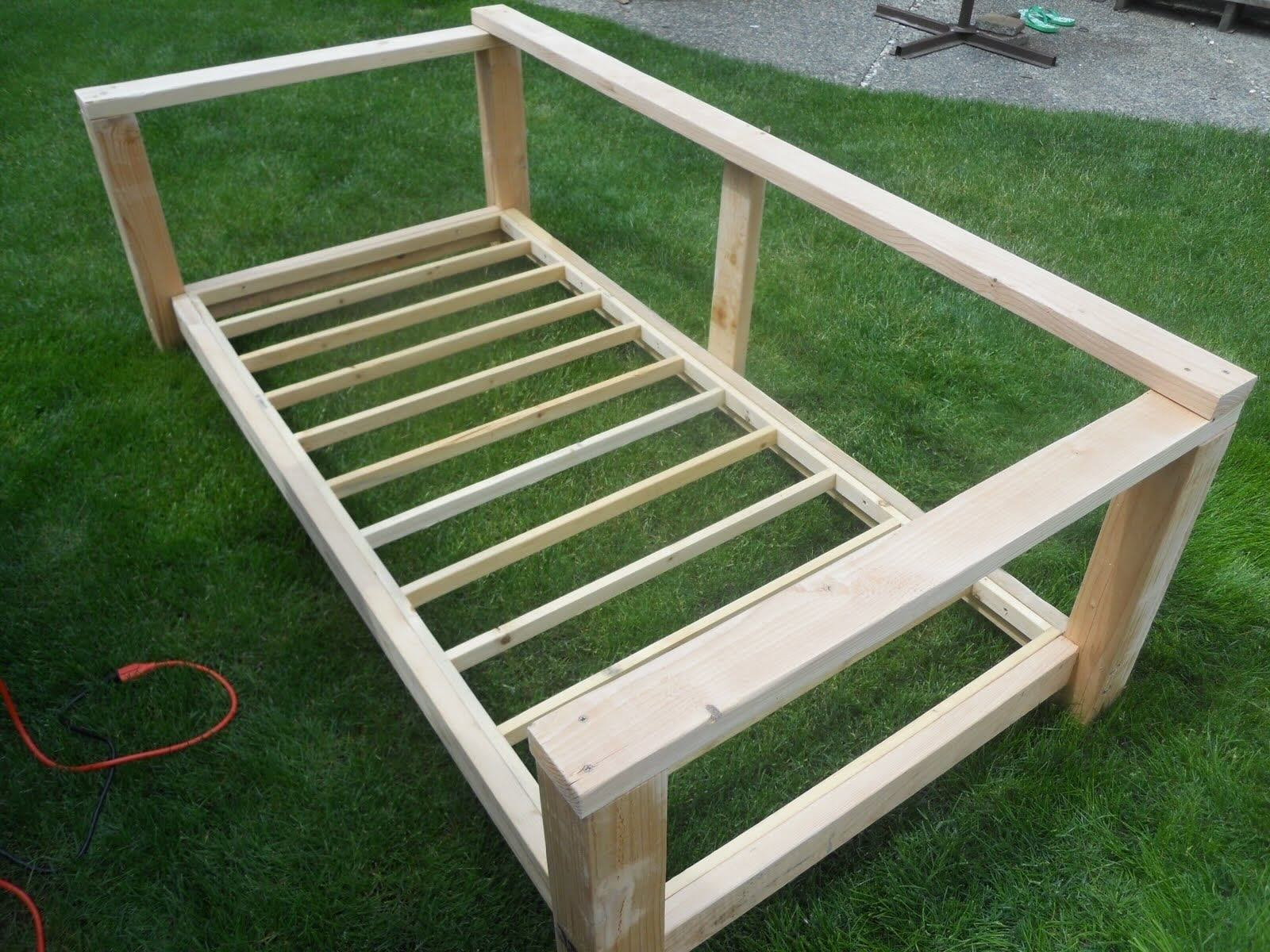




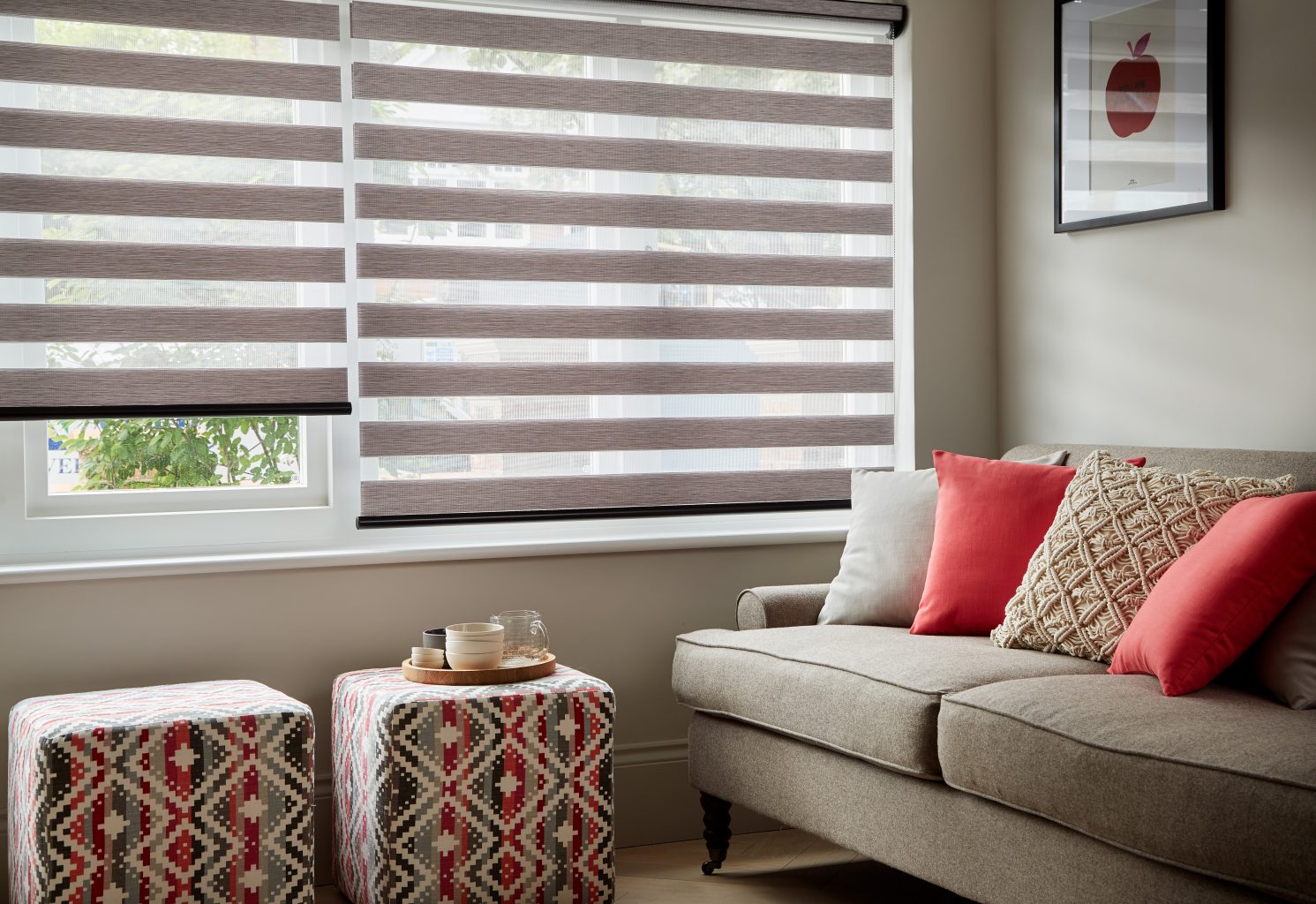


0 thoughts on “How Hot Is An Attic On A 100 Degree Day”